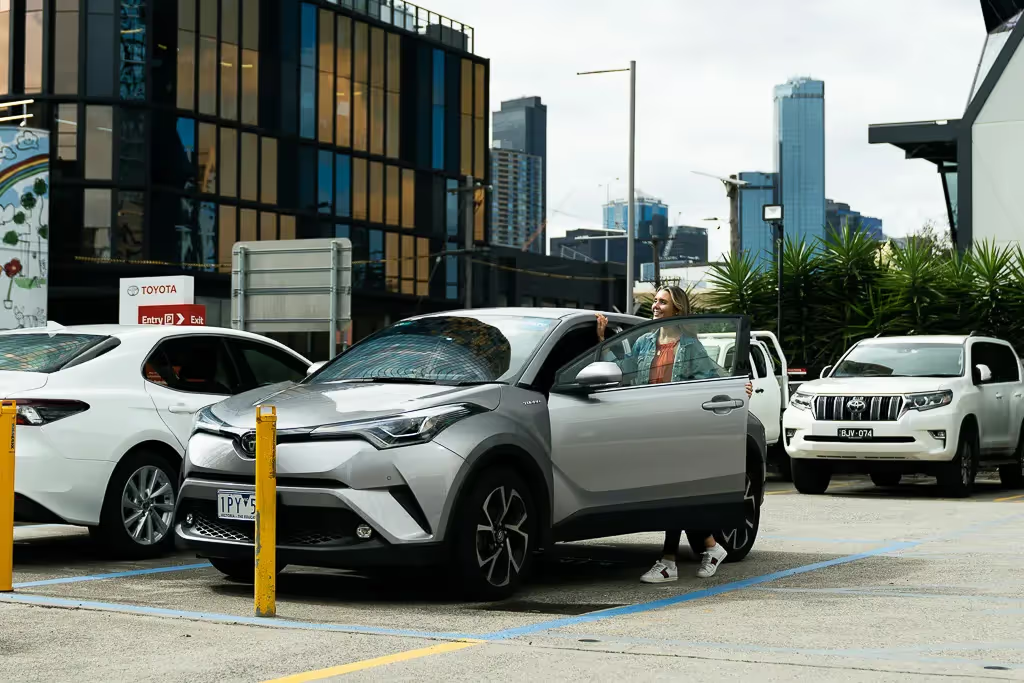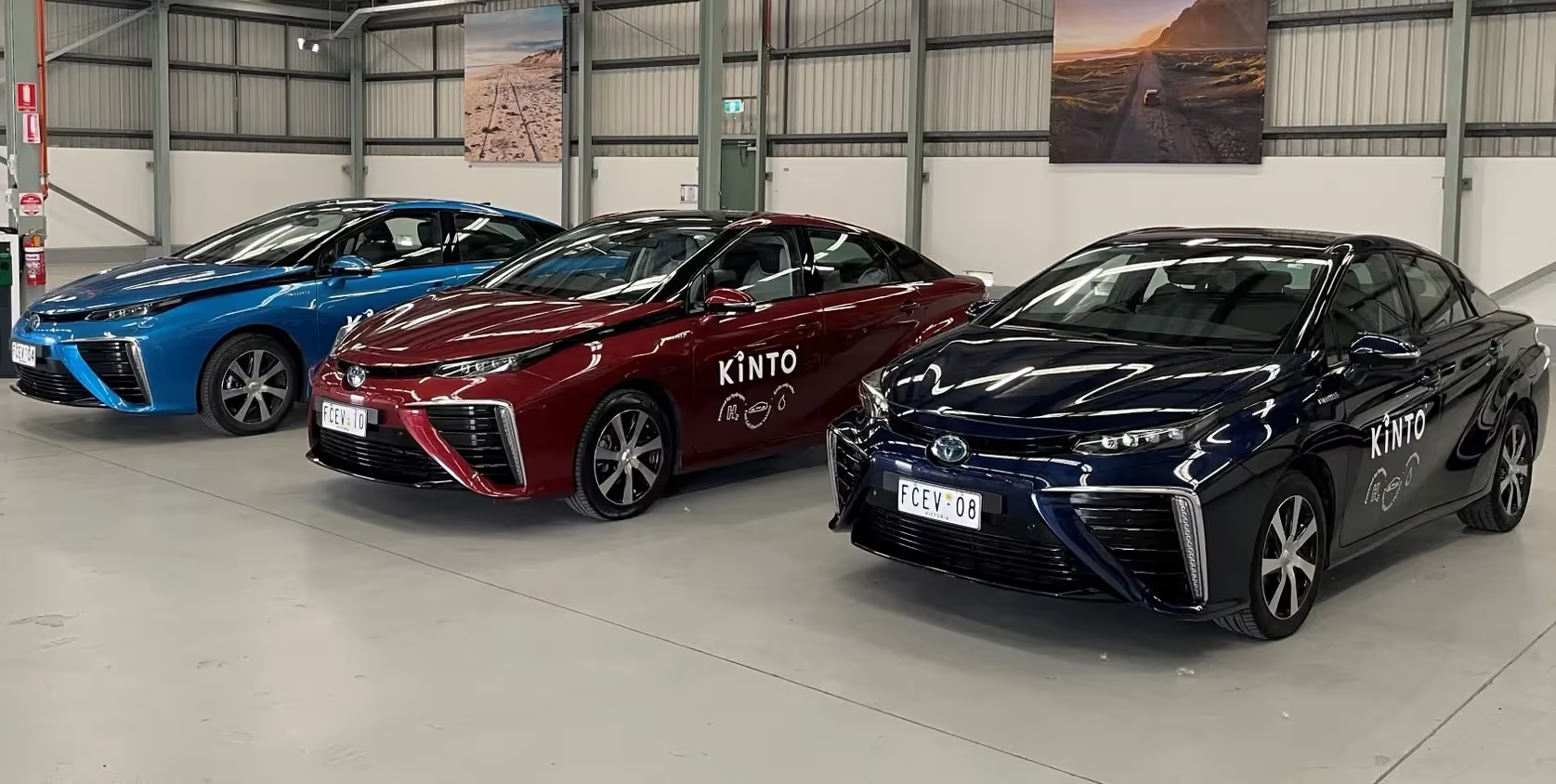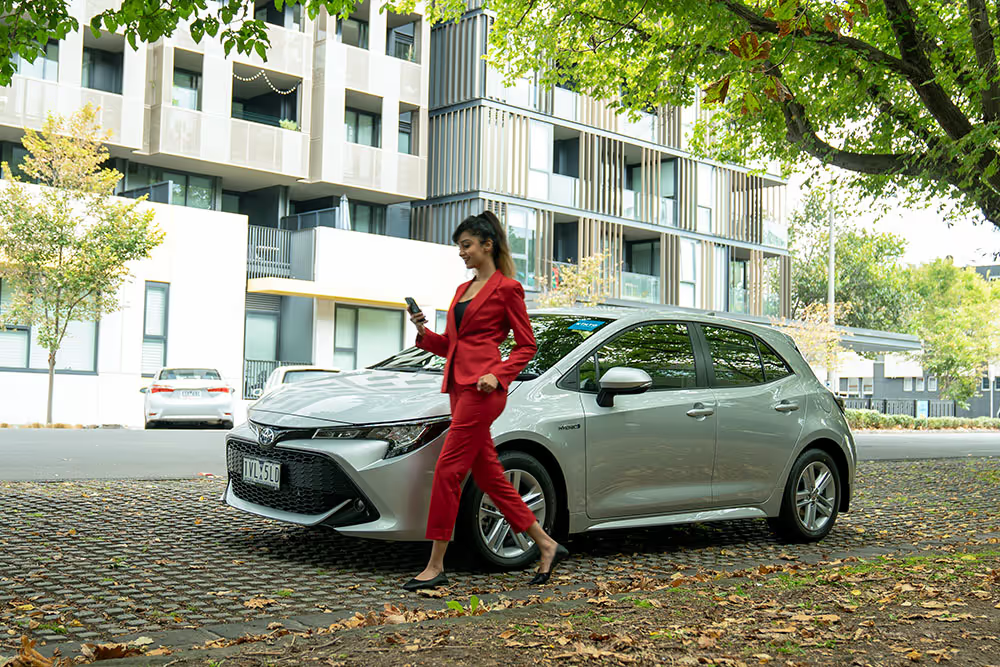Electric Vehicles (EVs) are powered by electricity rather than liquid fuels. Do you know the different types of EVs?
Electric vehicles are becoming increasingly popular with the world's transition to a more sustainable future. The Australian Government has predicted that the demand for electric cars will increase as different models become available in Australia. So we've put together a crash course on the types of electric vehicles and what you need to consider.
What is an Electric Vehicle?
Electric vehicles (EVs) are vehicles with motors that are powered by electricity rather than liquid fuels. Electric vehicles produce less or no tailpipe emissions, making them a viable eco-friendly alternative to those looking to reduce their carbon footprint.
There are four main types of electric vehicles. These are Hybrid Electric Vehicles (HEV), Plug-in Hybrid Electric Vehicles (PHEV), Battery Electric Vehicles (BEV) & Fuel Cell Electric Vehicles (FCEV).

Hybrid Electric Vehicles (HEV)
Hybrid electric vehicles provide the best of both worlds. They combine the power of petrol engines and electric motors. Hybrids offer the travelling range of petrol, are quick to refuel while still fuel efficient and have intelligent switching between the electric motor and petrol engine depending on driving conditions. What's best, in HEVs, the battery is recharged as you drive, so it's ready to go when needed.
KINTO's passenger fleet is 97% hybrid (as of April 2023). It's no surprise why. Hybrids are efficient electric vehicles with outstanding performance, and lower carbon emissions, they need refuelling less often and don't require waiting to be charged.
Plug-in Hybrid Electric Vehicles (PHEV)
Similar to a Hybrid, PHEVs are powered by a combination of electricity and an internal combustion engine in order to improve range. Driving a PHEV is similar to a Hybrid as the car can switch between the petrol engine and electric power, based on the conditions. While driving, regenerative braking and power from the engine can replenish the battery. However, the car will need to be recharged through an outlet or at a charging station.
Battery Electric Vehicles (BEV)
These electric vehicles are fully electric, meaning they are solely powered by electricity and therefore don't have a petrol, diesel or LGP engine, fuel tank or exhaust pipe.
BEVs need to be plugged in to recharge the car's battery and are therefore limited by range. Standard recharging can take upwards of a few hours, depending on your battery and power source.
While Battery Electric Vehicles produce zero emissions, they require charging from the grid, meaning the amount of carbon emissions depends on how the electricity is produced.
Fuel Cell Electric Vehicles (FCEV).
Like the Toyota Mirai, Fuel Cell Electric Vehicles are fully electric, but the electricity comes from a chemical reaction involving hydrogen. These types of electric vehicles provide a better range than battery-powered electric vehicles and are an efficient, sustainable alternative.
FCEVs don't require charging from the grid, and drivers just need to stop to refill with hydrogen, which generally takes 3-5 minutes. These vehicles produce no harmful emissions and only emit water vapour. Therefore, the only carbon emissions would depend on how the hydrogen was produced.
Currently, KINTO has 3 hydrogen-powered Toyota Mirai in the fleet that are being used within a private trial, exploring the capability to provide a pool of zero-emission vehicles for use within companies.
In conclusion, understanding the different types of electric vehicles can help you make an informed decision on the best option for your needs. Whether you're considering an electric car for short trips or looking for a long term car rental, KINTO offers flexible solutions to help you drive towards a sustainable future.





